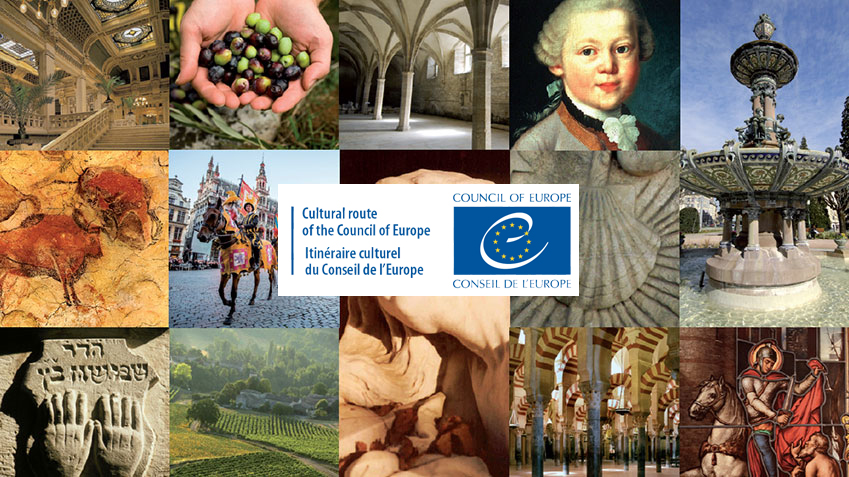Iron Age Danube Route awarded the title of "European cultural route"
27-05-2021
The Council of Europe unanimously decided to award to “Iron Age Danube Route” the certification “Cultural Route of the Council of Europe”. This certification is awarded to networks promoting the European shared culture, history and memory for a term of three years.

Big congratulations from the Danube Transnational Programme for this amazing recognition to our IRON AGE DANUBE project, setting a great example to transnational cultural and tourism cooperation in the Danube region.
About the Cultural Routes of the Council of Europe
Covering a range of different themes, from architecture and landscape to religious influences, from gastronomy and intangible heritage to the major figures of European art, music and literature, the Cultural Routes of the Council of Europe are key resources for responsible tourism and sustainable development in Europe. The idea for the certification was launched by the Council of Europe in 1987 with the Declaration of Santiago de Compostela. Over 30 routes were awarded to date.
About the Iron Age Danube Route
The Iron Age Danube Route was developed by international group of experts from Croatia, Hungary, Austria and Slovenia within Interreg Danube project ‘Monumentalized Early Iron Age Landscapes in the Danube River Basin’, a RegioStars finalist for 2018. Twenty partner institutions that collaborated on the project put forward the idea of a joint approach to researching, managing and protecting one of the most fragile prehistoric archaeological phenomenon, the Iron Age landscapes. Characterized by monumental structures, such as burial mound cemeteries, flat cemeteries, fortified hilltop settlements and oppida, as well as elements indicating the complex organization of space, Iron Age landscapes belong to the period between the 9th and the end of the 1st century BC.

